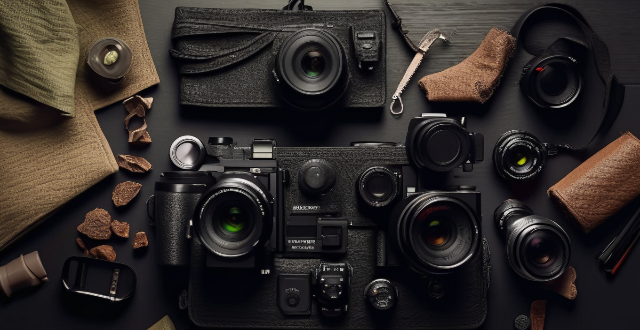In this guide, we've covered essential tips and strategies to enhance your mobile photography skills. By understanding camera settings, mastering composition techniques, experimenting with lighting, getting creative with perspectives, editing photos effectively, and practicing consistently, you can elevate your smartphone photography game. Remember, the key to improving lies in your willingness to learn, explore, and practice. With dedication and creativity, you can turn your mobile device into a powerful tool for capturing stunning visual stories.

How to Improve Your Mobile Photography Skills
Mobile photography has become increasingly popular in recent years, and with the advancement of smartphone cameras, it's now possible to capture stunning photos using just your phone. However, taking great photos requires more than just having a good camera; it also involves understanding composition, lighting, and editing techniques. In this guide, we'll explore some tips and tricks to help you improve your mobile photography skills.
1. Understand Your Camera Settings
- Resolution and Quality: Ensure that your camera is set to the highest resolution and quality possible. This will give you more flexibility when editing and allow you to crop your images without losing too much detail.
- Grid Lines: Turn on grid lines in your camera app to help with composition and alignment.
- Focus and Exposure: Learn how to adjust focus and exposure manually for better control over your shots.
2. Master Composition Techniques
Composition is key to creating visually appealing photos. Here are some composition rules to follow:
- Rule of Thirds: Divide the frame into nine equal parts by imagining two equally spaced horizontal lines and two equally spaced vertical lines. Place important elements at the intersection points or along the lines.
- Leading Lines: Use natural lines in your scene to guide the viewer's eye towards the subject.
- Symmetry and Patterns: Look for symmetry or patterns in your environment, as they can make for interesting compositions.
3. Experiment with Lighting
Lighting plays a crucial role in photography. Here are some lighting tips:
- Golden Hour: Take advantage of the soft, warm light during the golden hour (the hour after sunrise and the hour before sunset).
- Backlighting: Position your subject between the light source and yourself to create a backlit effect, which can result in stunning silhouettes or glowing edges.
- Use Natural Light: Whenever possible, use natural light instead of artificial light sources like flashes.
4. Get Creative with Perspectives
Changing your perspective can lead to unique and captivating photos:
- Get Low or High: Shoot from ground level or find a high vantage point to add interest to your shots.
- Dutch Angel: Tilt your camera slightly to create a dynamic angle that adds drama and depth to your images.
- Macro Photography: Explore close-up details by enabling macro mode on your phone's camera app.
5. Edit Your Photos
Post-processing can enhance your photos significantly:
- Cropping and Straightening: Crop unnecessary elements out of the frame and straighten any crooked horizons.
- Color Correction: Adjust temperature, contrast, saturation, and brightness levels to make your photo pop.
- Apply Filters Sparingly: Use filters sparingly and selectively to subtly enhance mood and style without overpowering the original image.
6. Practice Consistently
Like any skill, practice makes perfect:
- Challenge Yourself: Set up challenges or projects that push you outside of your comfort zone.
- Review and Reflect: Regularly review your photos and reflect on what worked well and what could be improved.
- Learn from Others: Study the work of other mobile photographers for inspiration and educational purposes.
By following these steps and dedicating time to practice and refine your skills, you'll see significant improvement in your mobile photography abilities. Remember, the most important tool in photography is not the camera itself but rather the person behind it—your creativity, vision, and willingness to learn and experiment will take you far on this exciting journey.